
A quick stroll through the Emerging Technologies section of SIGGRAPH usually reveals a collection of university projects and the latest Disney Research endeavor. However, we don't usually see the likes of NVIDIA amongst the fold there. This time around, though, the component maker is showing off an undertaking from its Research sector: near-eye light field displays. To show the project off, a pair of OLED mircodisplays were installed on a glasses-like frame with a box for the electronics stashed up top. Those Sony ECX332A panels measure 15.36 x 8.64mm wield a resolution of 1,280 x 720 through 24-hit color pixels (which equates to a smidge over 83 pixels per millimeter). The diminutive displays open up the door for thinner and lighter head-mounted units that can sort "accurate accommodation, convergence and binocular-disparity cues."
The light field that's constructed directly over the pupil allows the viewer to focus at multiple depths and create a field of view of about 70 degrees. Both of those aspects were quite apparent to our peepers upon getting locked in for a quick demo. Despite being situated so close to the eye, the unit still provides some sharp images that we witnessed first hand. Of course, the close proximity causes some pixel loss at the hands of a decreased spacial resolution. One pretty neat aspect to this whole system is that software tweaks can be made to account for someone's glasses or contacts prescription -- software that's powered by NVIDIA GPUs and OpenGL, of course. Without having to modify the hardware, changes to the microdisplays are sorted sans the need to switch to another set or make physical adjustments. For a bit more explanation of the unit, check out the video that resides just past the break and full findings that were presented here in Anaheim at the coverage link that follows.
Filed under: Displays, NVIDIA
Comments
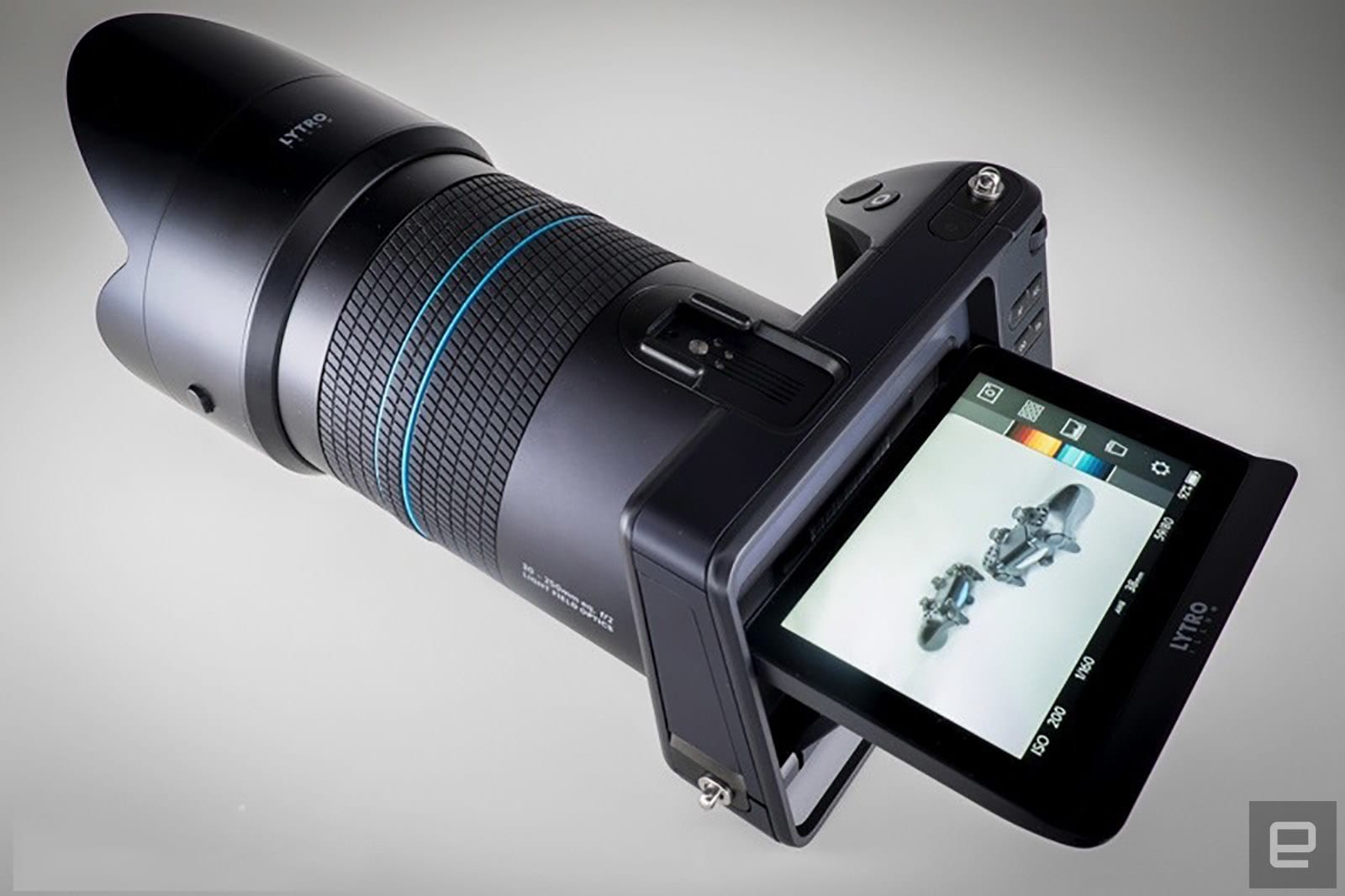 Lytro made a name for itself by allowing you to take a photo and then change the focus point after the fact. Its "Light Field" cameras never really took off, though, and neither did its pivot to pro-styled cameras and virtual reality. Now the company...
Lytro made a name for itself by allowing you to take a photo and then change the focus point after the fact. Its "Light Field" cameras never really took off, though, and neither did its pivot to pro-styled cameras and virtual reality. Now the company...
 Lytro made a name for itself by allowing you to take a photo and then change the focus point after the fact. Its "Light Field" cameras never really took off, though, and neither did its pivot to pro-styled cameras and virtual reality. Now the company...
Lytro made a name for itself by allowing you to take a photo and then change the focus point after the fact. Its "Light Field" cameras never really took off, though, and neither did its pivot to pro-styled cameras and virtual reality. Now the company...
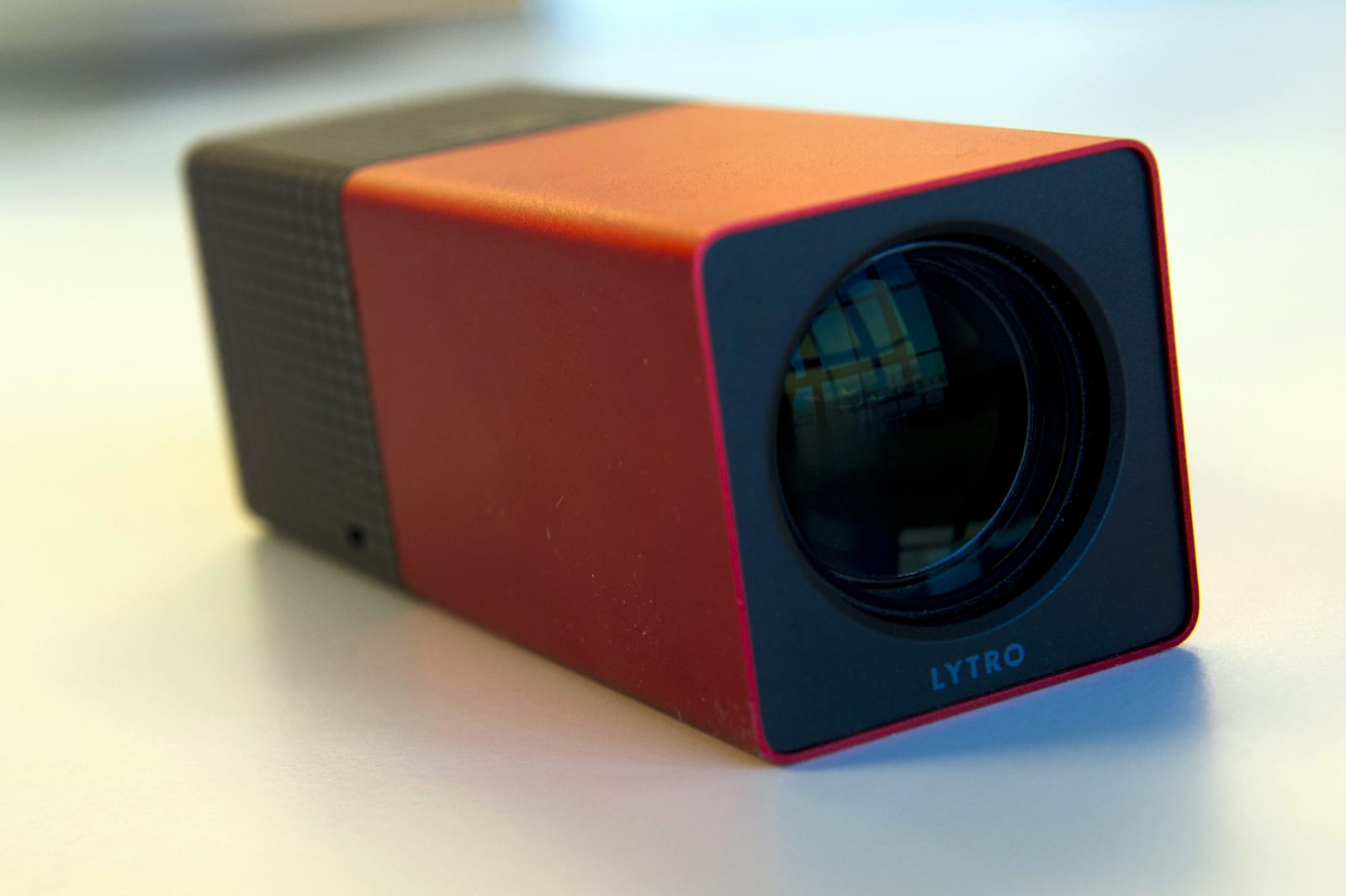 Lytro burst onto the scene in 2011 with its then-unprecedented "light field" technology that powered an oddly-shaped camera with the ability to refocus pictures after they're taken. The first $400 camera arrived in 2012, however, after a pivot to vir...
Lytro burst onto the scene in 2011 with its then-unprecedented "light field" technology that powered an oddly-shaped camera with the ability to refocus pictures after they're taken. The first $400 camera arrived in 2012, however, after a pivot to vir...
 Avegant has drawn a lot of attention in the wearable world between its Glyph personal screen and its light-field augmented reality headset, but it's facing uncertain times. The Verge has learned that the startup cut more than half of its workforce (i...
Avegant has drawn a lot of attention in the wearable world between its Glyph personal screen and its light-field augmented reality headset, but it's facing uncertain times. The Verge has learned that the startup cut more than half of its workforce (i...
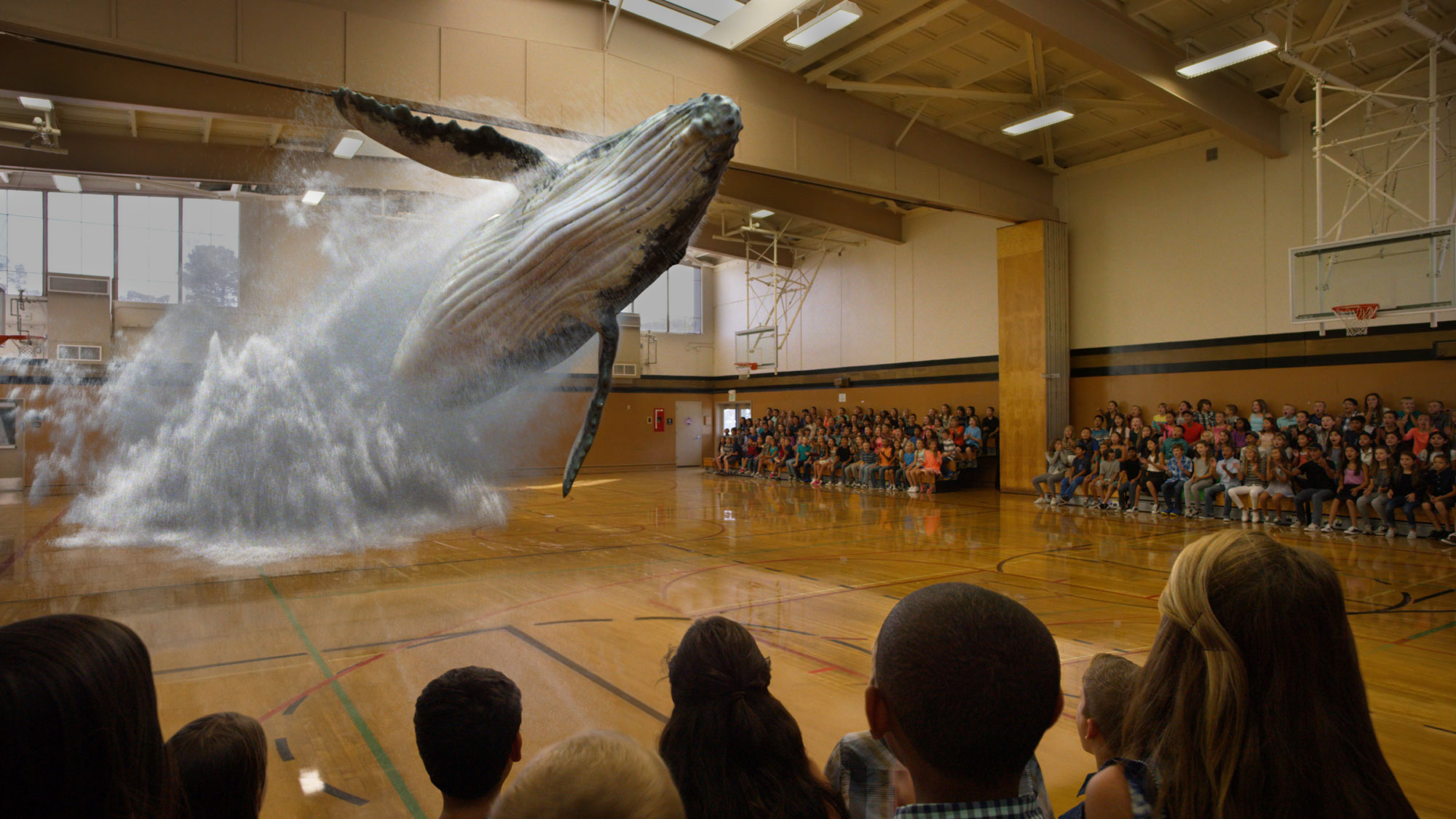 It's that time of year again: the special season where everybody's favorite mythical creature makes its annual appearance. That's right, it's Magic Leap hardware teaser season! Seemingly once a year, the secretive startup reveals what it's been up to...
It's that time of year again: the special season where everybody's favorite mythical creature makes its annual appearance. That's right, it's Magic Leap hardware teaser season! Seemingly once a year, the secretive startup reveals what it's been up to...
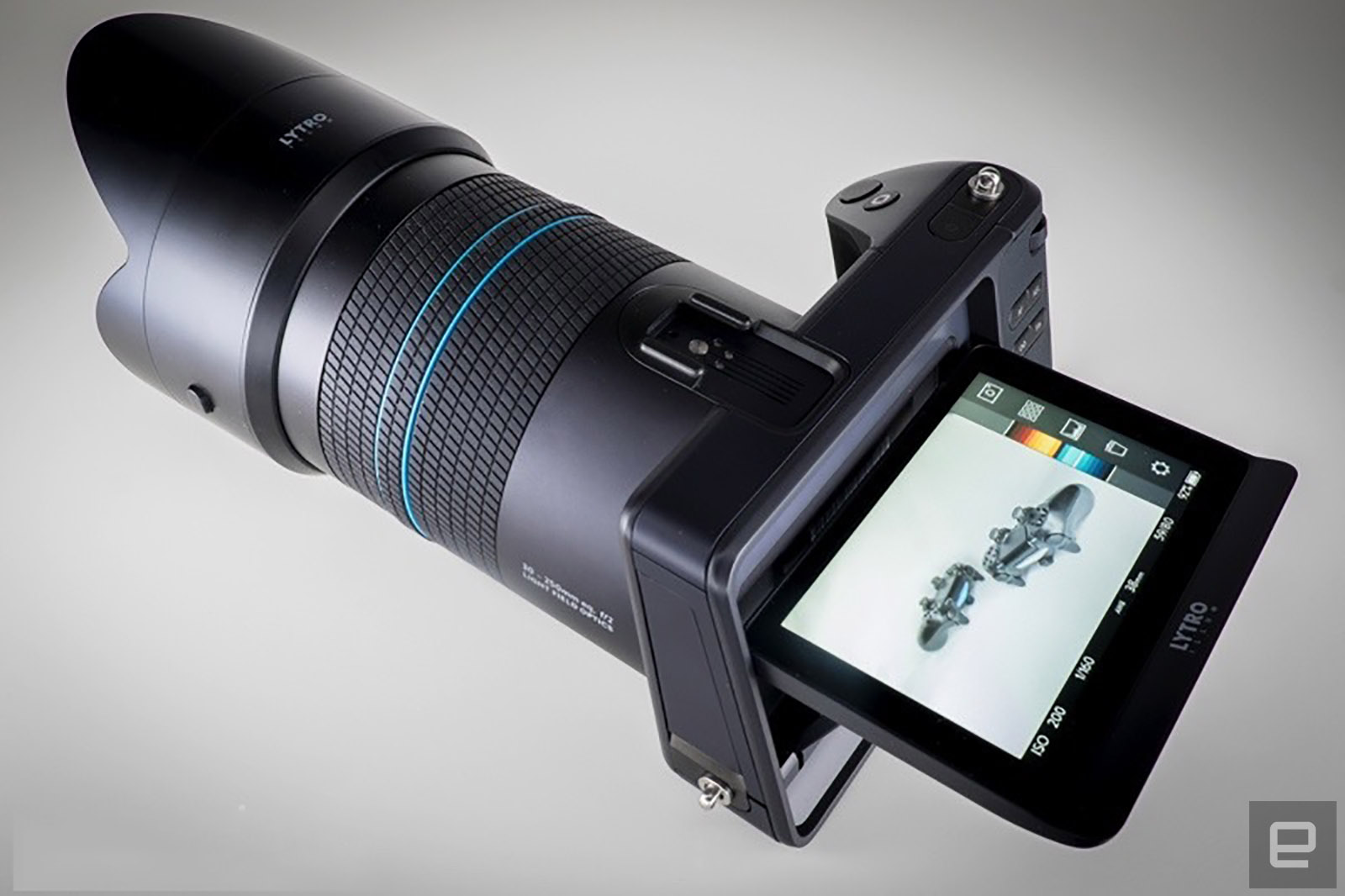 Remember Lytro's cool, but kinda gimmicky "light-field" photography? It let you take pictures without a defined focus point and post them on a special online platform, where users could click on which part they wanted to be sharp. It never caught on...
Remember Lytro's cool, but kinda gimmicky "light-field" photography? It let you take pictures without a defined focus point and post them on a special online platform, where users could click on which part they wanted to be sharp. It never caught on...
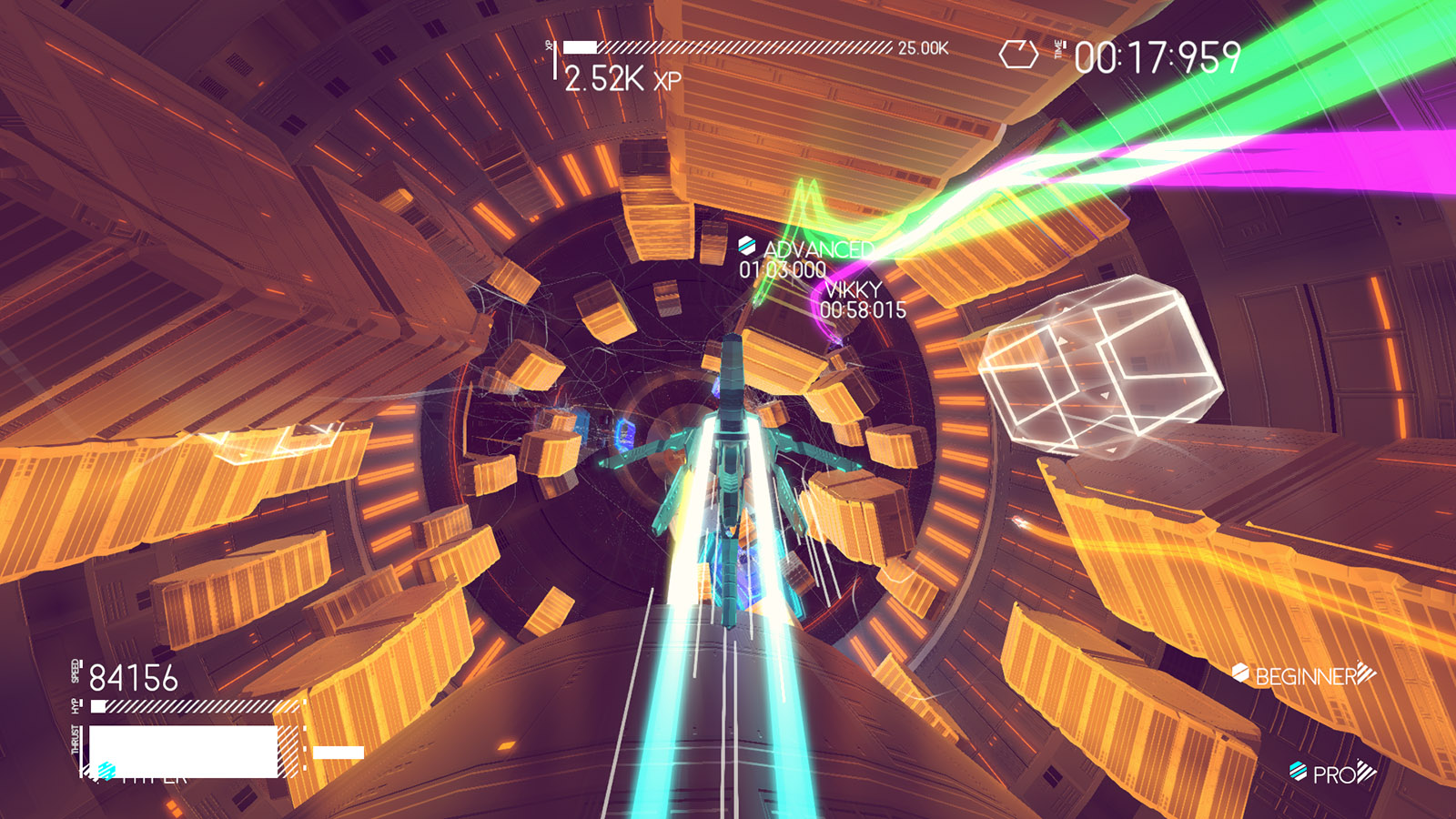 If you have a hankering for a different kind of racing game, Lightfield might pique your curiosity. You maneuver around by clinging to objects in a stylized, futuristic environment, with light trails streaming behind you. At any given moment, you can...
If you have a hankering for a different kind of racing game, Lightfield might pique your curiosity. You maneuver around by clinging to objects in a stylized, futuristic environment, with light trails streaming behind you. At any given moment, you can...
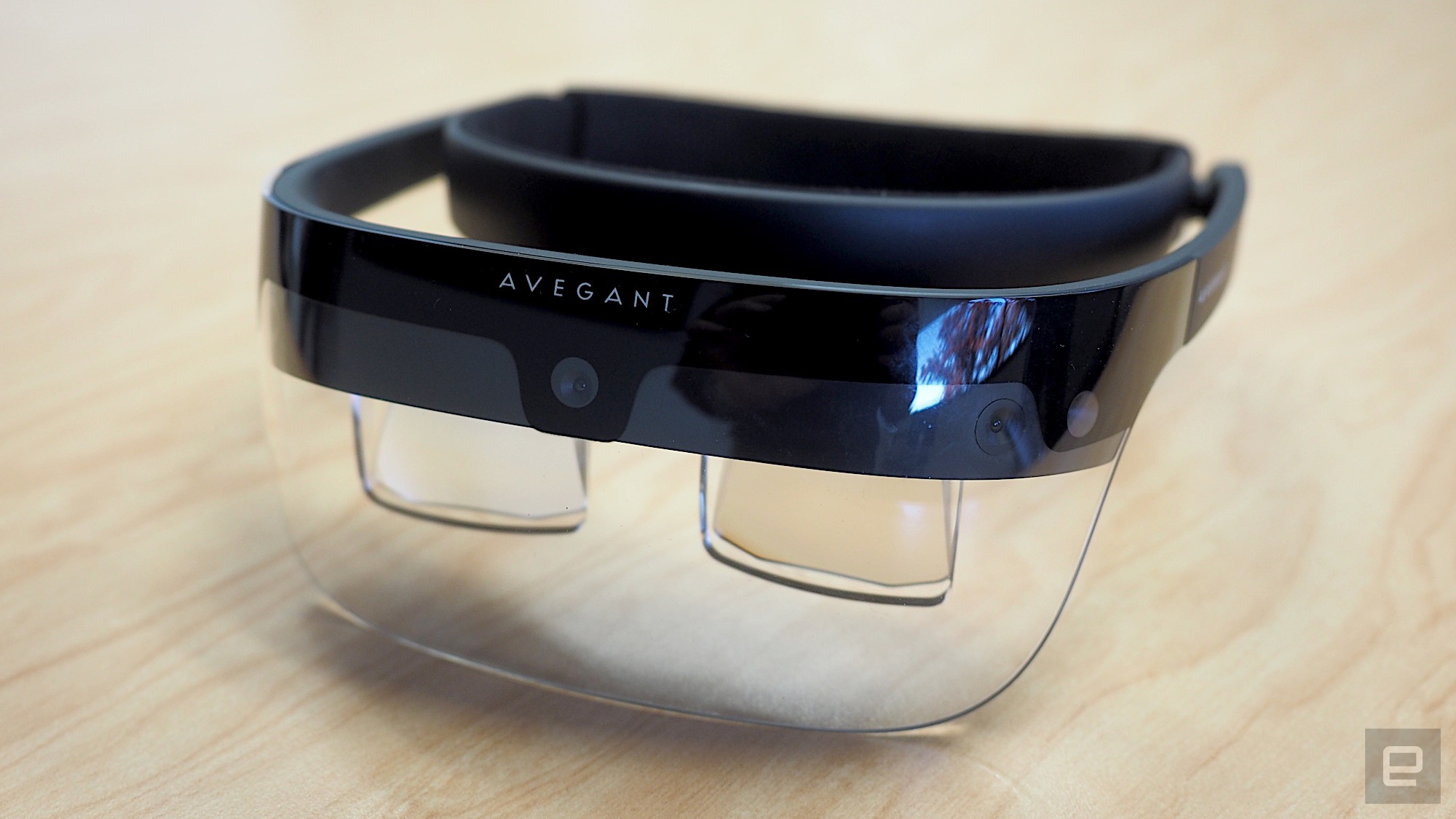 Virtual reality has arrived. With high-end gear like the Oculus Rift, the HTC Vive and PS VR (and mobile-friendly models like the Gear VR and Google's DayDream) on the market for well over a year now, it's safe to say that VR is here to stay. The sta...
Virtual reality has arrived. With high-end gear like the Oculus Rift, the HTC Vive and PS VR (and mobile-friendly models like the Gear VR and Google's DayDream) on the market for well over a year now, it's safe to say that VR is here to stay. The sta...
 You might remember Avegant for its unusual take on the video headset. The Glyph looked like (and doubled up as) headphone cans but worked pretty well. We called it "a wearable cinema for serious movie fans." Now, the startup is taking on a bigger cha...
You might remember Avegant for its unusual take on the video headset. The Glyph looked like (and doubled up as) headphone cans but worked pretty well. We called it "a wearable cinema for serious movie fans." Now, the startup is taking on a bigger cha...
 While there are plenty of advanced digital movie cameras, most of them aren't really designed for the modern realities of movie making, where computer-generated effects are seemingly ubiquitous. You'll still have to bust out the green screen if you...
While there are plenty of advanced digital movie cameras, most of them aren't really designed for the modern realities of movie making, where computer-generated effects are seemingly ubiquitous. You'll still have to bust out the green screen if you...





